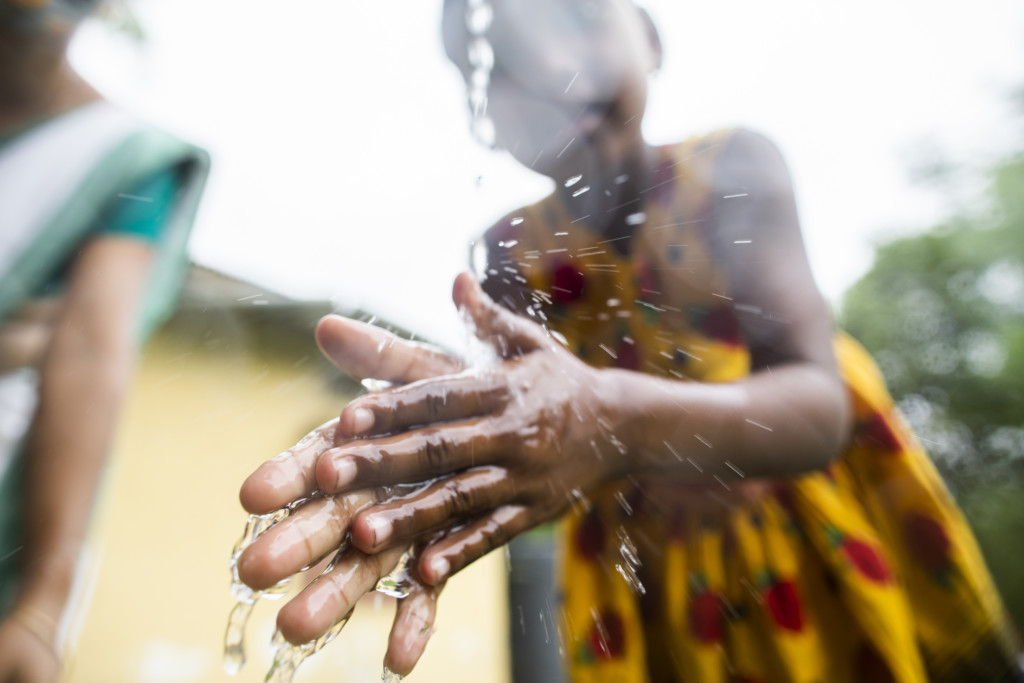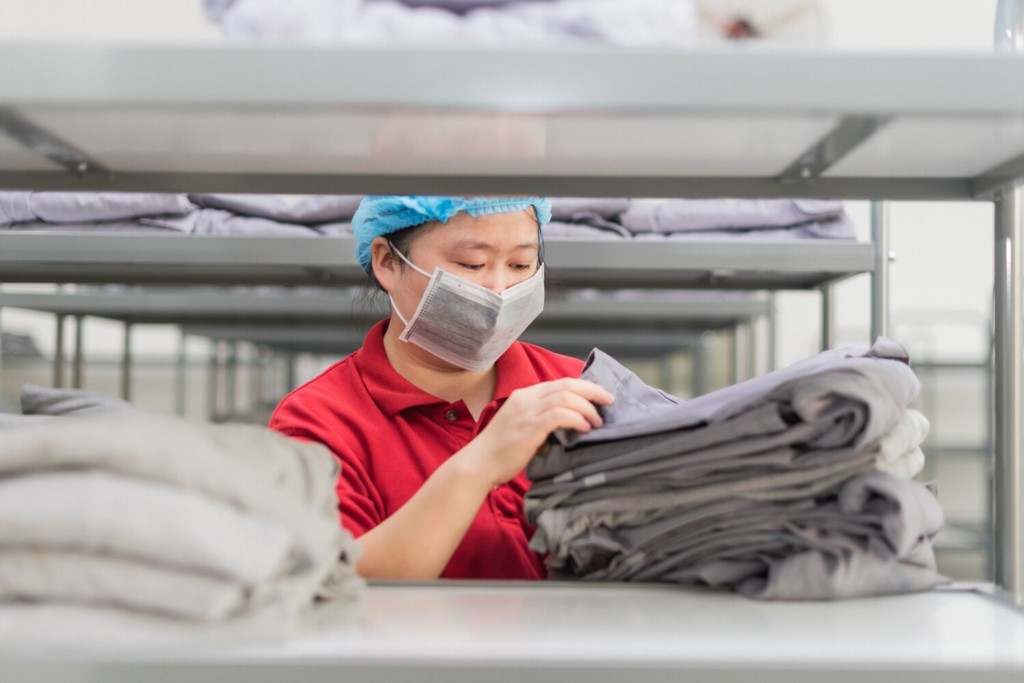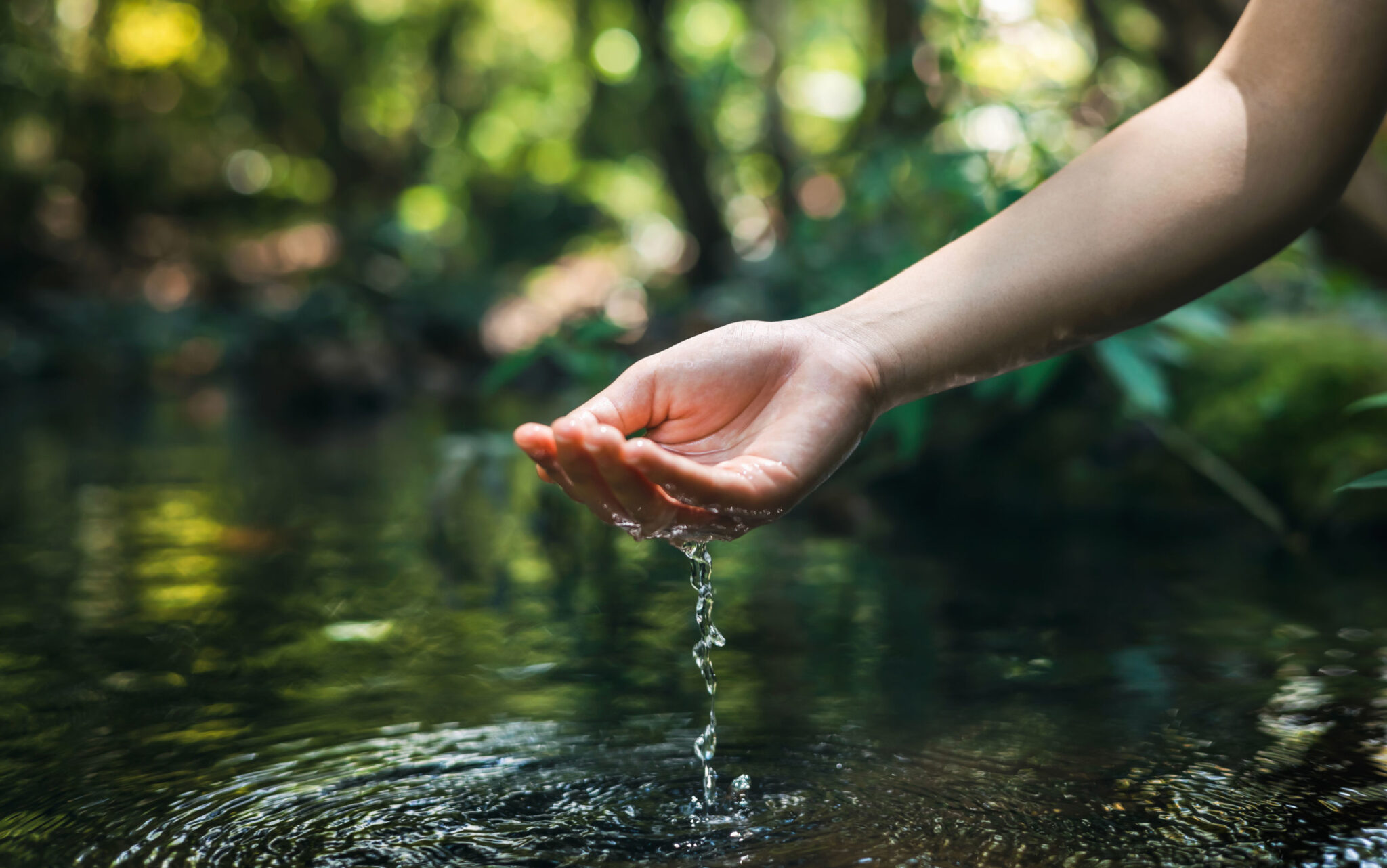
Optimising water usage in our laundries
Water is in the very core of our continuous service operations, and optimising water usage allows us to save resources. To ensure a hygienic and safe textile rental service, we need water. Water is one of the scarcest natural resources, in our operations. For decades, we have optimised the water usage in our process in several ways. We ensure that we handle the wastewater in a responsible way. These measures have helped us reduce our water consumption by 50% per washed textile kilogram over the past three decades.
Here are a few ways to ensure the washing of our customers’ textiles happens with the optimal amount of water.
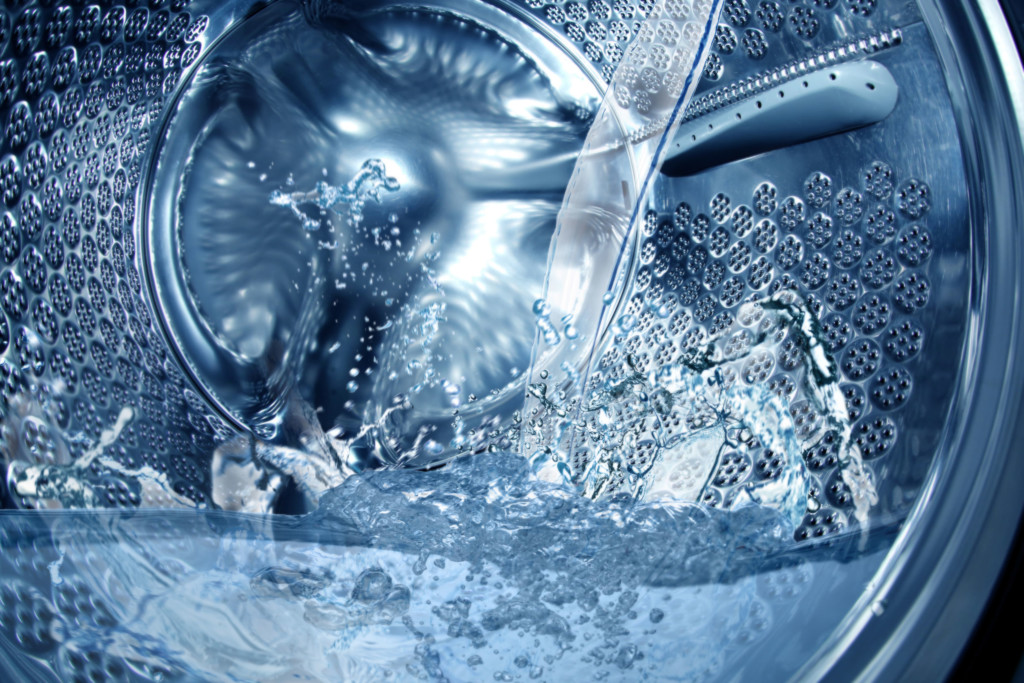
Recycling water in our laundries
We have a water recycling practice in place in 80% of our laundries. In most of the laundries water is recycled by recovering it from rinsing phases and using it again in washing. In a few larger plants where we have more than one service line, washing and rinsing water of cleaner products is used to wash dirtier textiles. Read more about our laundry in Bradford, U.K and its closed-loop water recycling technology.

Benchmarking best practices between laundries
We set a group-level benchmark value for water and shared best practices among the laundries. Each laundry makes a yearly environmental programme. They set targets for water usage, follow up on results, and find and plan actions for reducing and optimising water usage.

Collaborating with our partners
We collaborate with our partners such as detergent suppliers to achieve the lowest possible water usage per washed kilogram. Read more about one of those pilots done in India. We also work in the industry-level work groups in the European Textile Service Association to find ways to optimise water consumption.
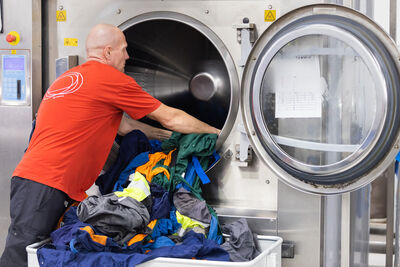
Maintaining washing machines and equipment
We actively maintain our machines and equipment since well-maintained washing machines which work correctly consume less water and energy. By carrying out process control procedures, we can make sure our machines work properly.
When the textiles are washed, the used washing water becomes wastewater at the end of the process. In all of our laundries, we have filters in place for removing suspended solids. This includes dirt, lint, and some amounts of microplastics from wastewater, before it is led to our own or municipal treatment plant. We monitor the quality of the wastewater and have our own wastewater treatment plants installed in laundries when it is necessary.
As water is a strategically important resource for us, we continue our efforts for more sustainable water management. Check our calculator to see how much water our washing process saves compared to home washing.
